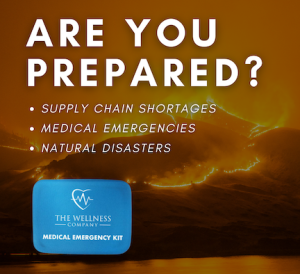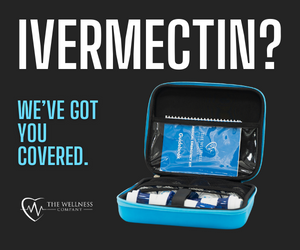The Fukushima Daiichi nuclear disaster was a series of equipment failures, nuclear meltdowns, and releases of radioactive materials at the Fukushima I Nuclear Power Plant, following the Tahoku earthquake and tsunami on 11 March 2011. It is the largest nuclear disaster since the Chernobyl disaster of 1986, and only the second disaster (along with Chernobyl) to measure Level 7 on the International Nuclear Event Scale.
The plant comprises six separate boiling water reactors originally designed by General Electric (GE), and maintained by the Tokyo Electric Power Company (TEPCO). At the time of the quake, Reactor 4 had been de-fueled while 5 and 6 were in cold shutdown for planned maintenance. Immediately after the earthquake, the remaining reactors 1-3 shut down automatically, and emergency generators came online to power electronics and coolant systems. However the tsunami following the earthquake quickly flooded the low-lying rooms in which the emergency generators were housed. The flooded generators failed, cutting power to the critical pumps that must continuously circulate coolant water through a nuclear reactor for several days in order to keep it from melting down after being shut down. As the pumps stopped, the reactors overheated due to the normal high radioactive decay heat produced in the first few days after nuclear reactor shutdown (smaller amounts of this heat normally continue to be released for years, but are not enough to cause fuel melting).
At this point, only prompt flooding of the reactors with seawater could have cooled the reactors quickly enough to prevent meltdown. Salt water flooding was delayed because it would ruin the costly reactors permanently. Flooding with seawater was finally commenced only after the government ordered that seawater be used, and at this point it was already too late to prevent meltdown.
As the water boiled away in the reactors and the water levels in the fuel rod pools dropped, the reactor fuel rods began to overheat severely, and to melt down. In the hours and days that followed, Reactors 1, 2 and 3 experienced full meltdown.
In the intense heat and pressure of the melting reactors, a reaction between the nuclear fuel metal cladding and the remaining water surrounding them produced explosive hydrogen gas. As workers struggled to cool and shut down the reactors, several hydrogen-air chemical explosions occurred.
Concerns about the repeated small explosions, the atmospheric venting of radioactive gasses, and the possibility of larger explosions led to a 20 km (12 mi)-radius evacuation around the plant. During the early days of the accident workers were temporarily evacuated at various times for radiation safety reasons. At the same time, sea water that had been exposed to the melting rods was returned to the sea[citation needed] heated and radioactive in large volumes[citation needed] for several months until recirculating units could be put in place to repeatedly cool and re-use a limited quantity of water for cooling. The earthquake damage and flooding in the wake of the tsunami hindered external assistance. Electrical power was slowly restored for some of the reactors, allowing for automated cooling.
Japanese officials initially assessed the accident as Level 4 on the International Nuclear Event Scale (INES) despite the views of other international agencies that it should be higher. The level was later raised to 5 and eventually to 7, the maximum scale value. The Japanese government and TEPCO have been criticized in the foreign press for poor communication with the public and improvised cleanup efforts. On 20 March, the Chief Cabinet Secretary Yukio Edano announced that the plant would be decommissioned once the crisis was over.










Add comment